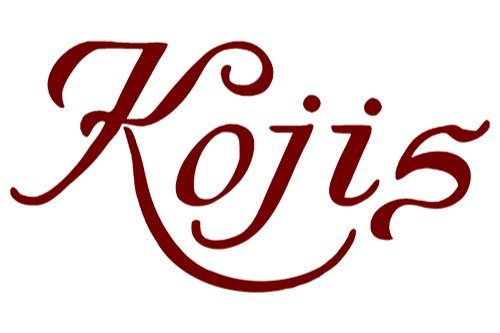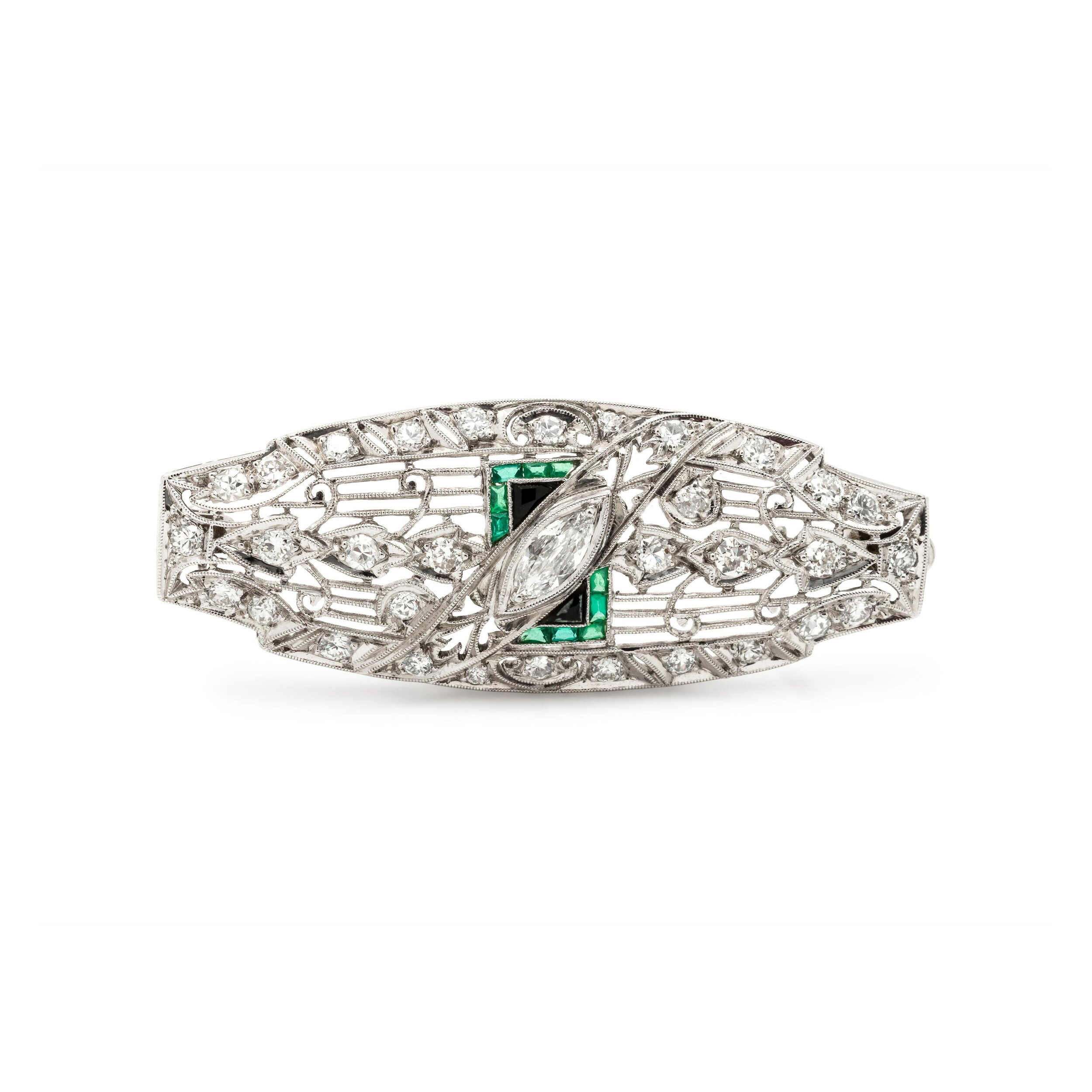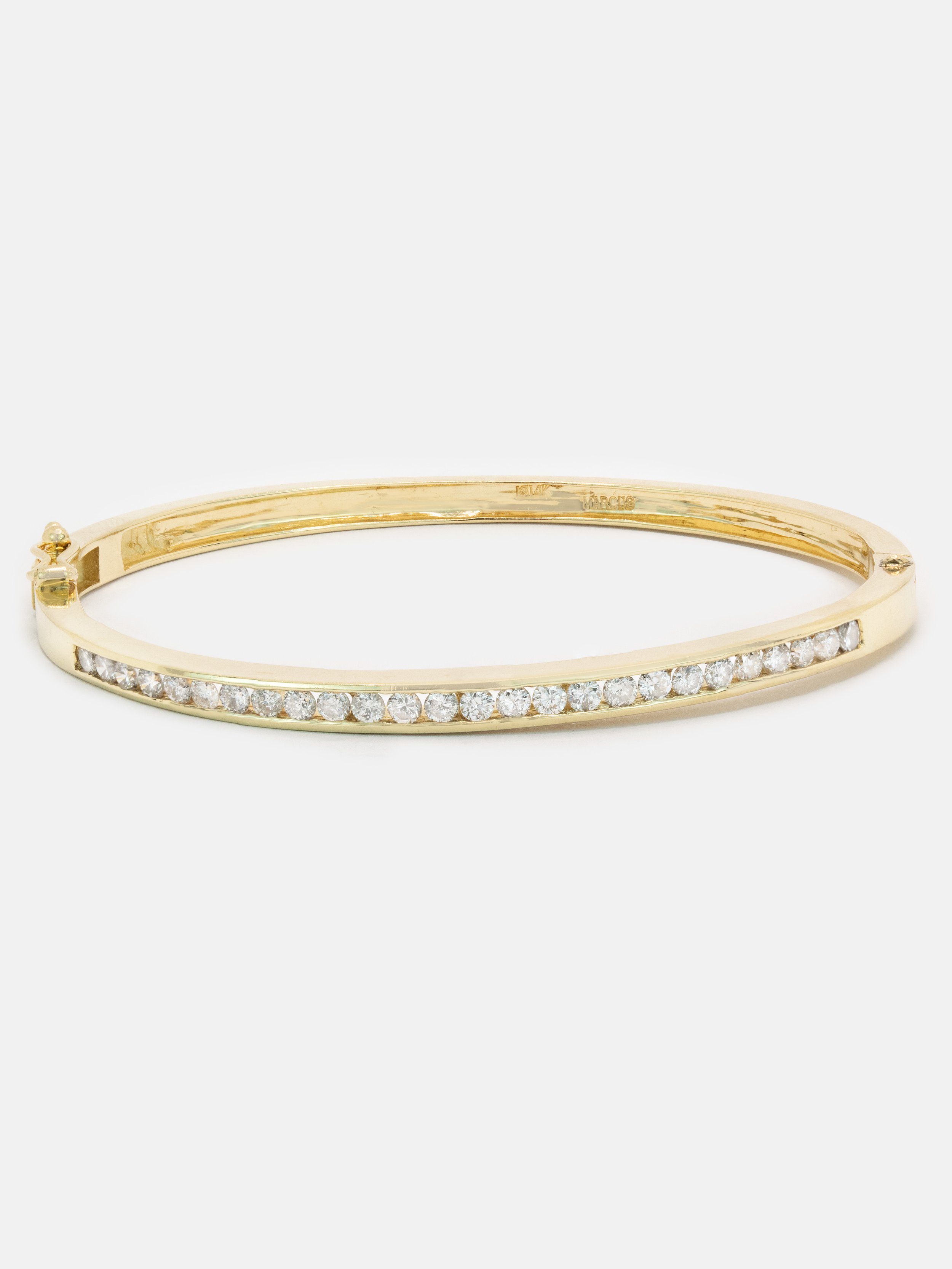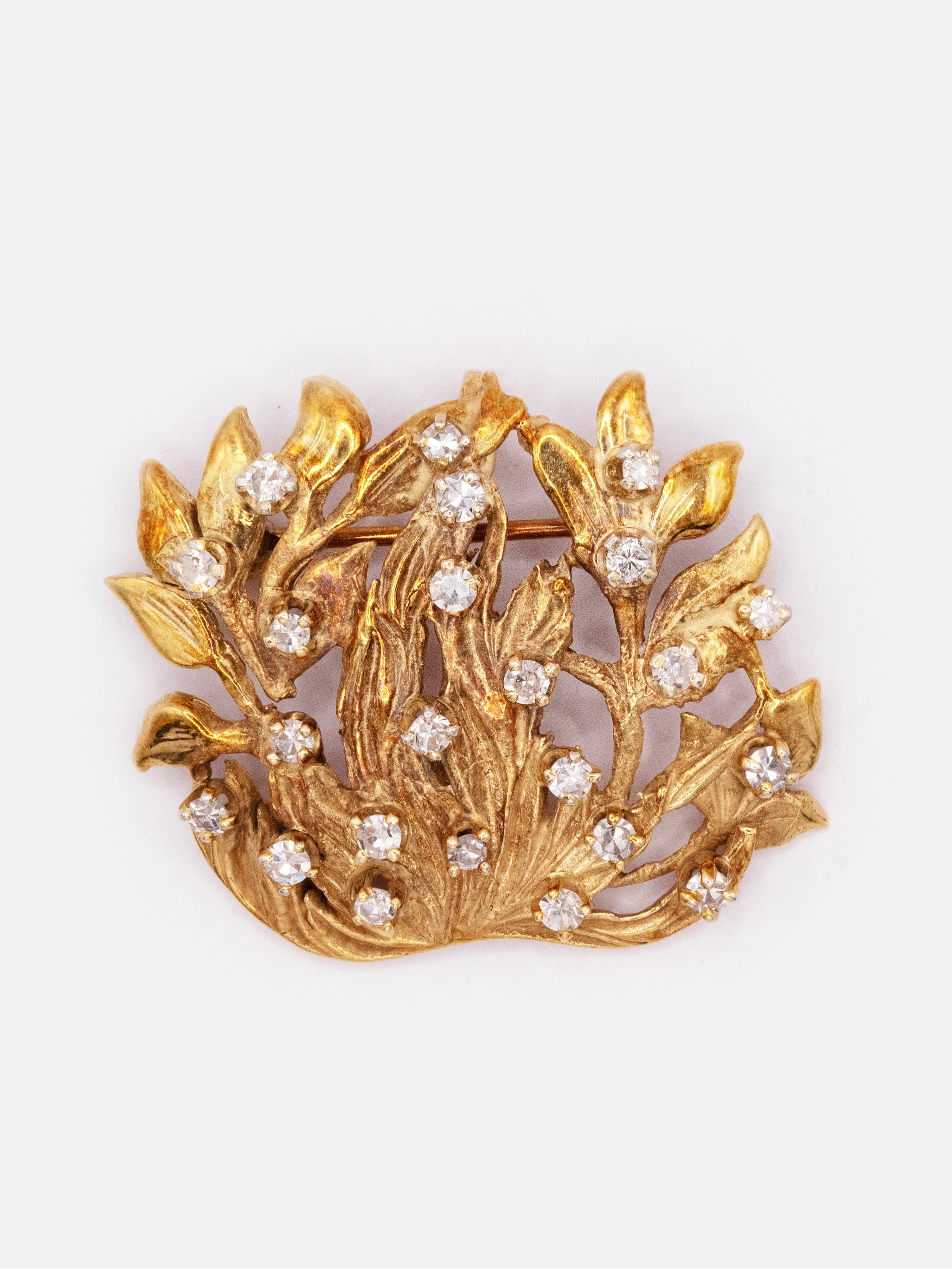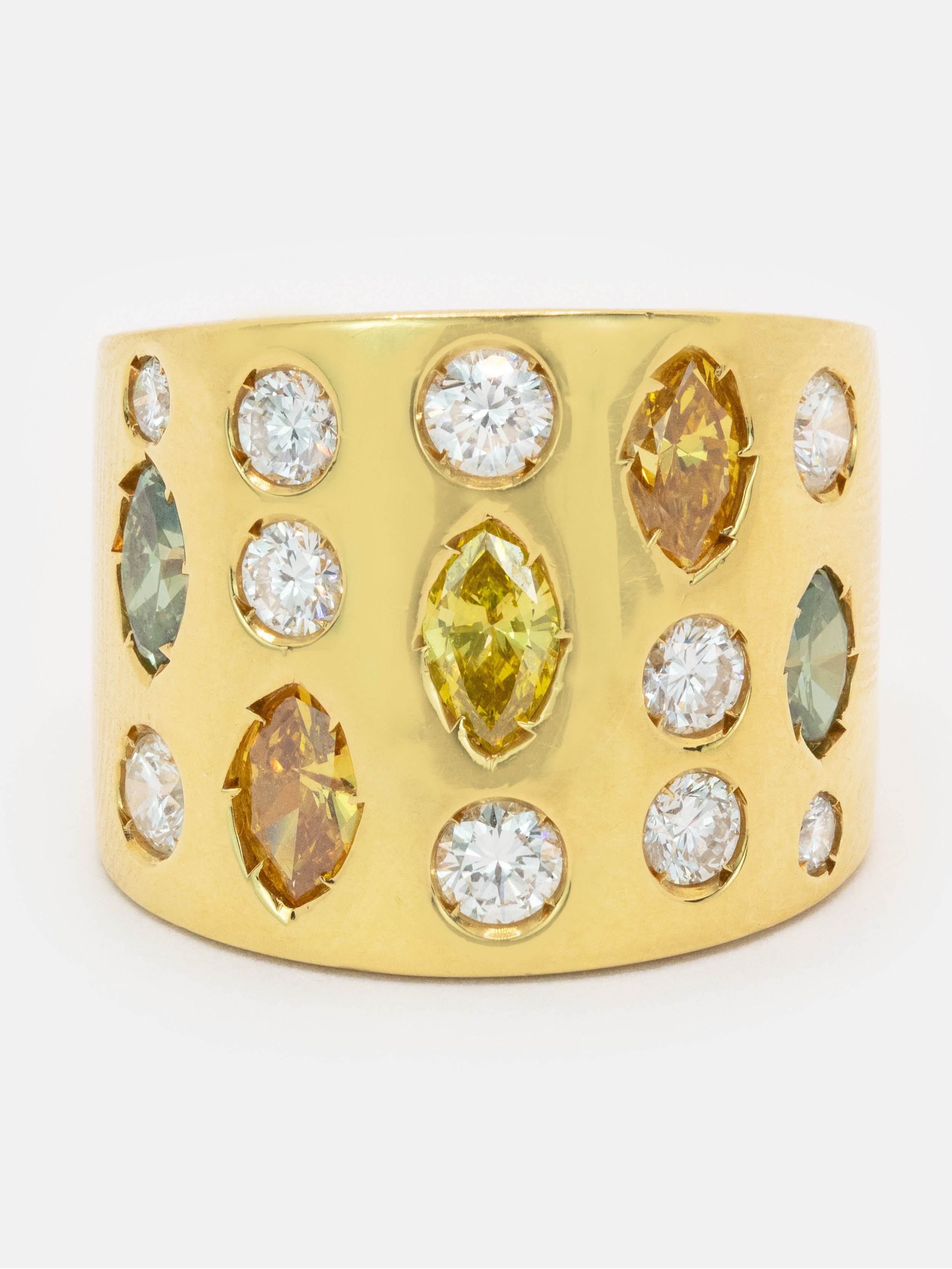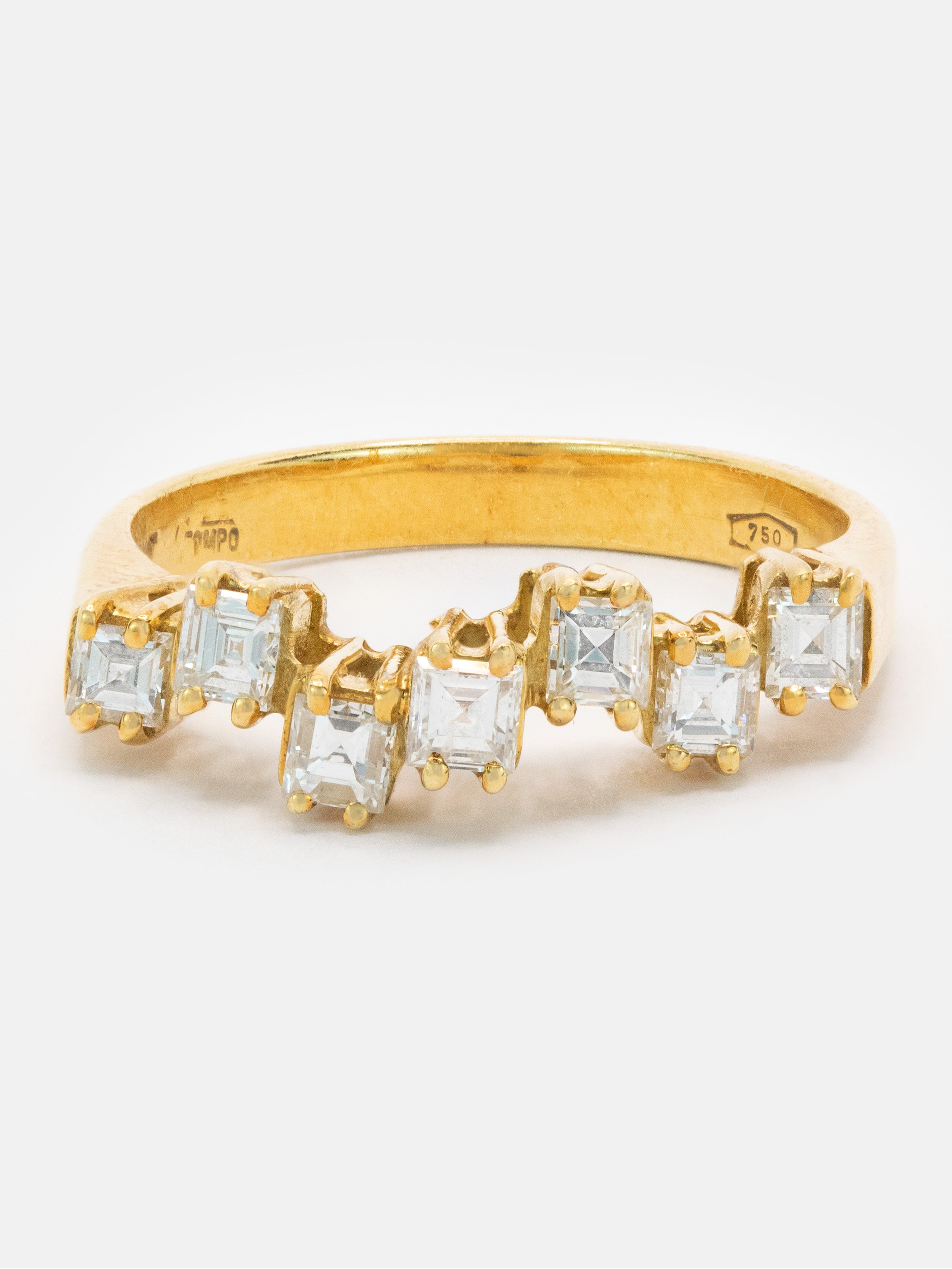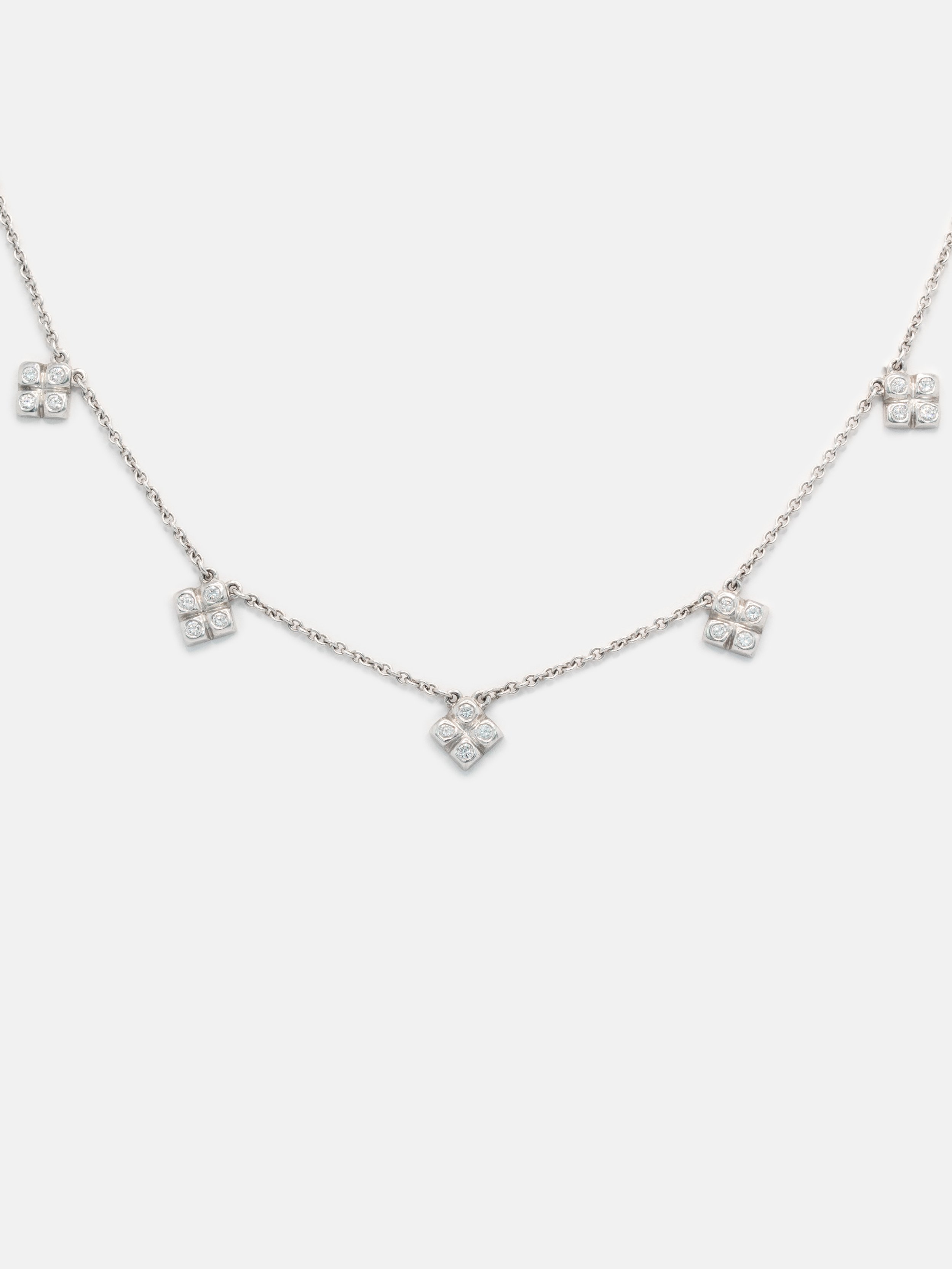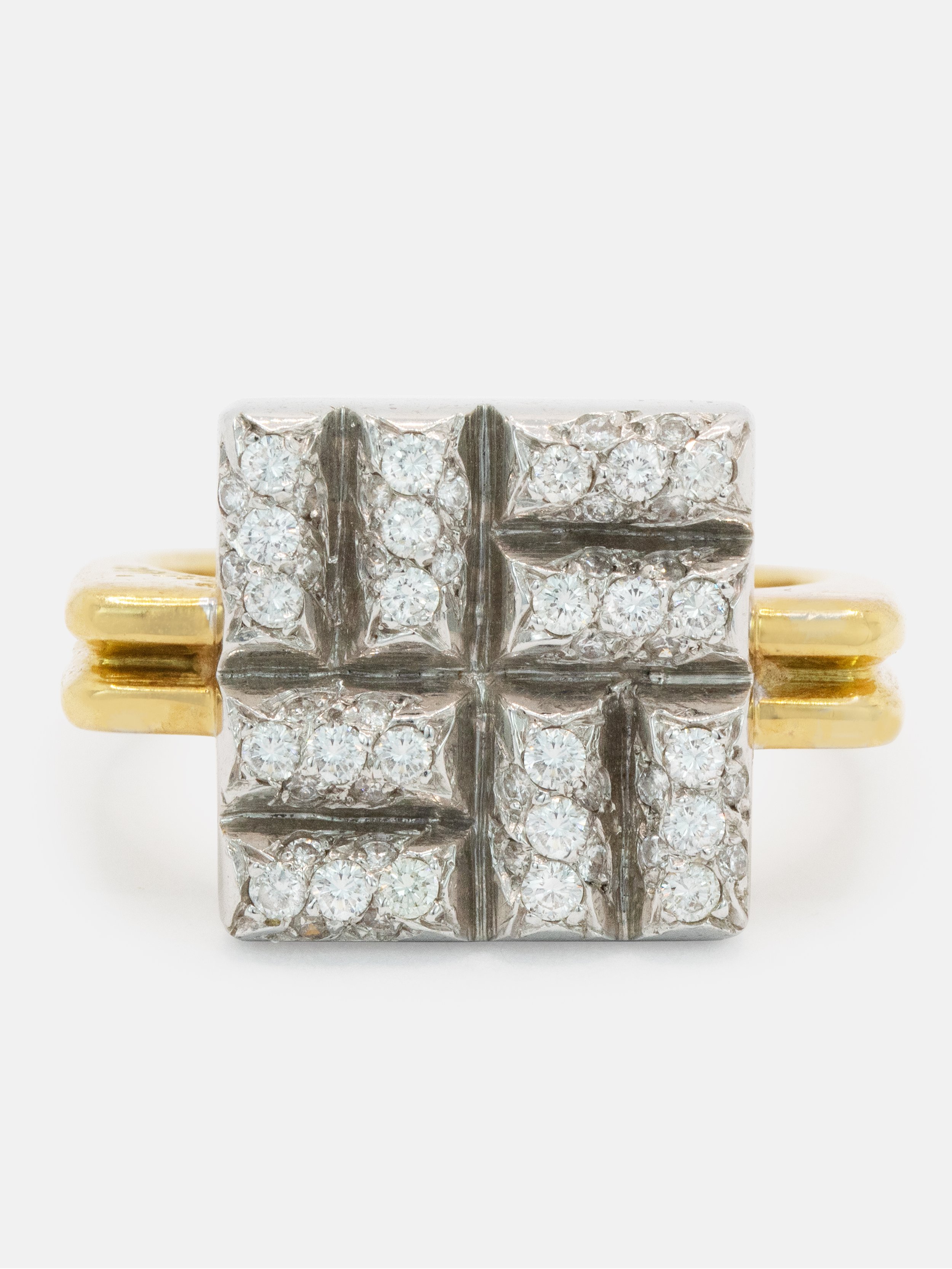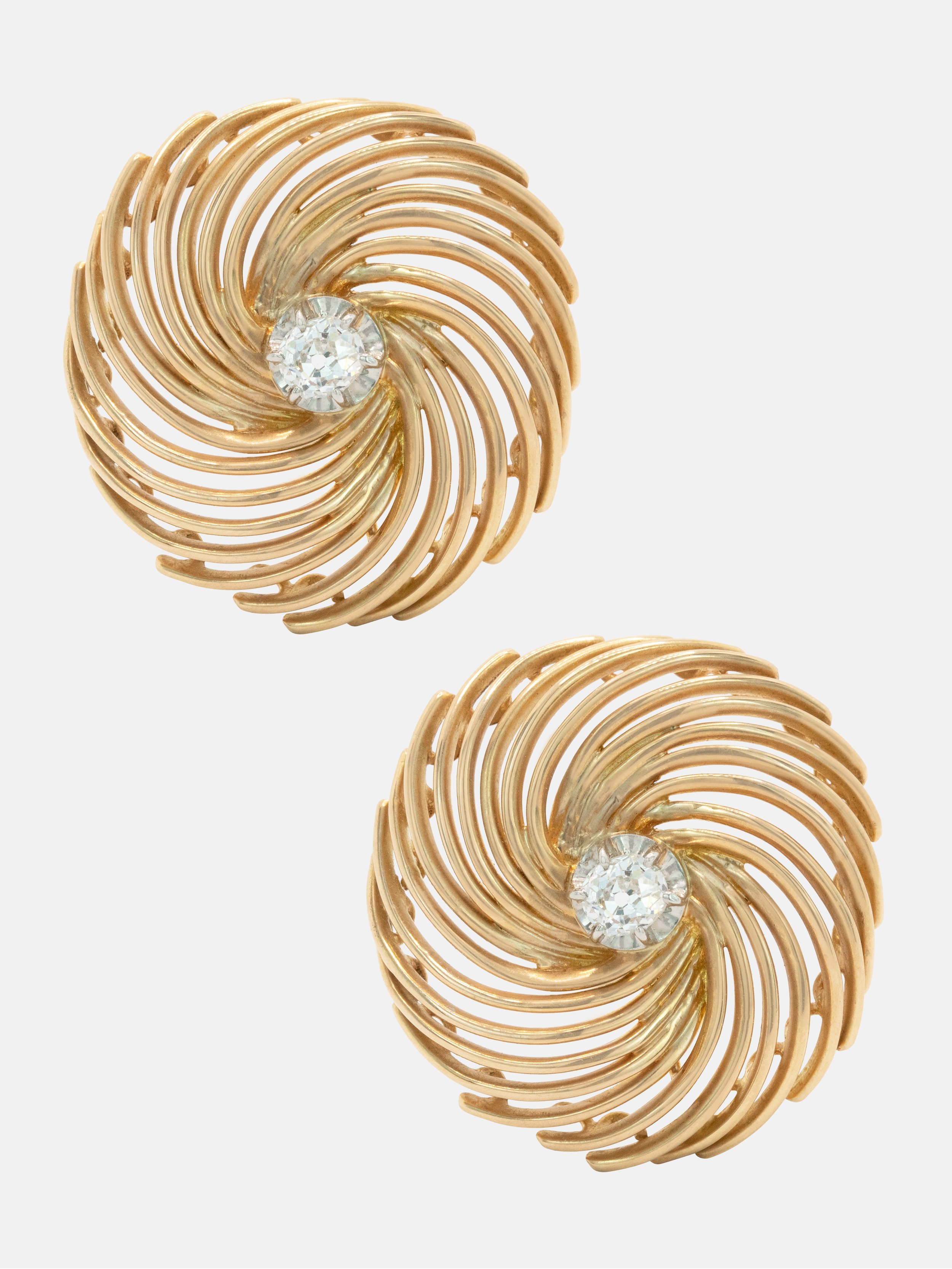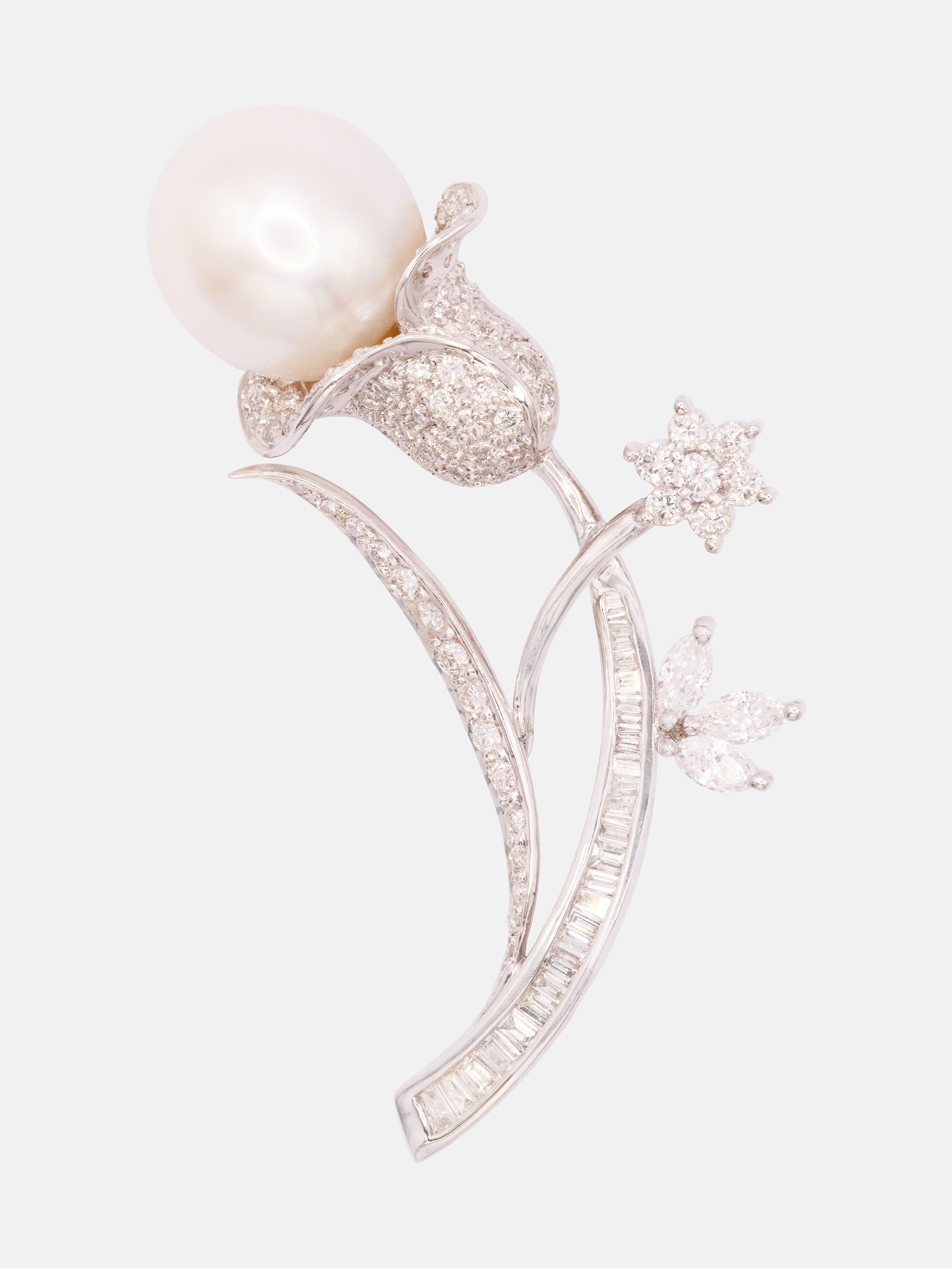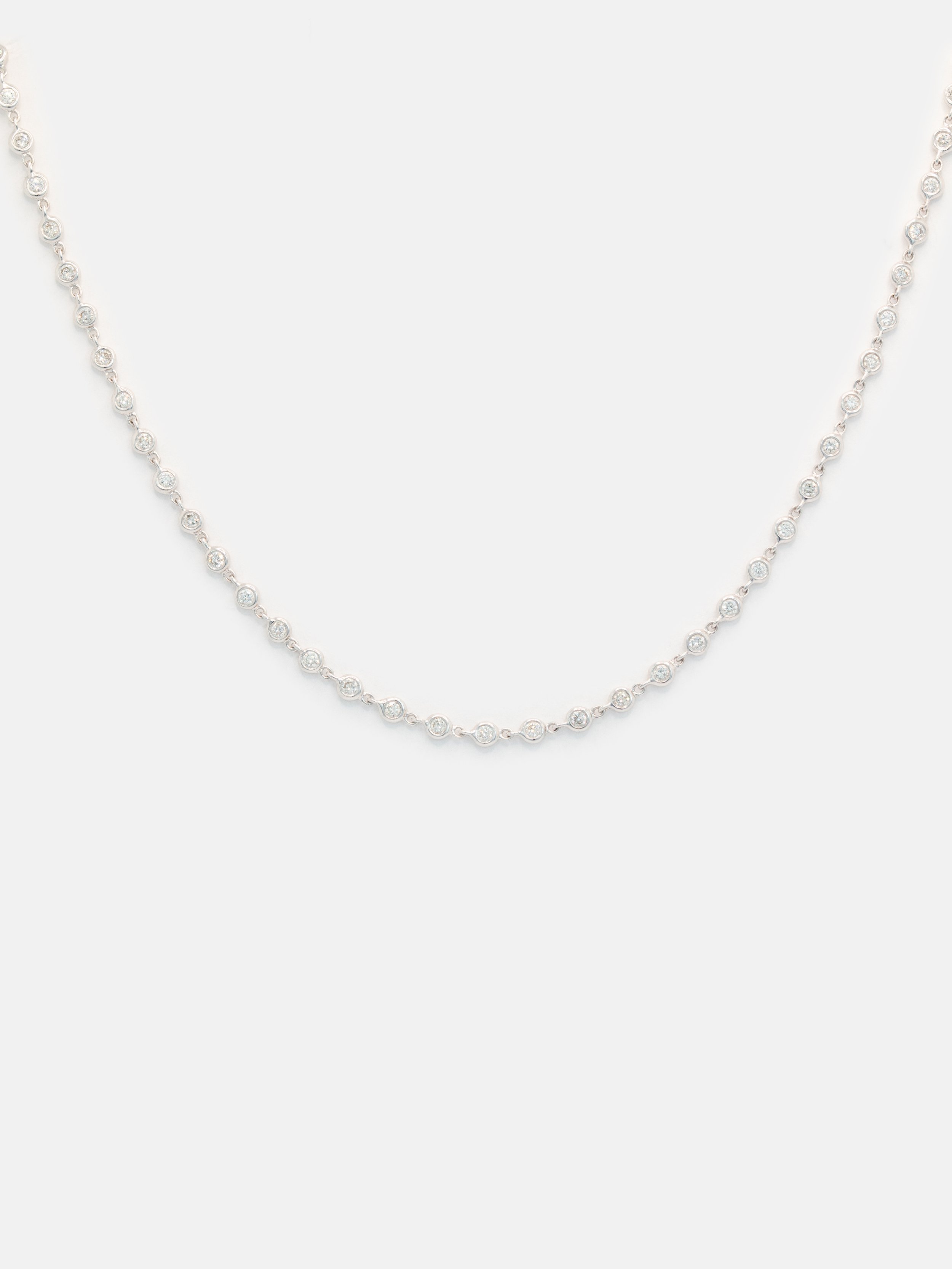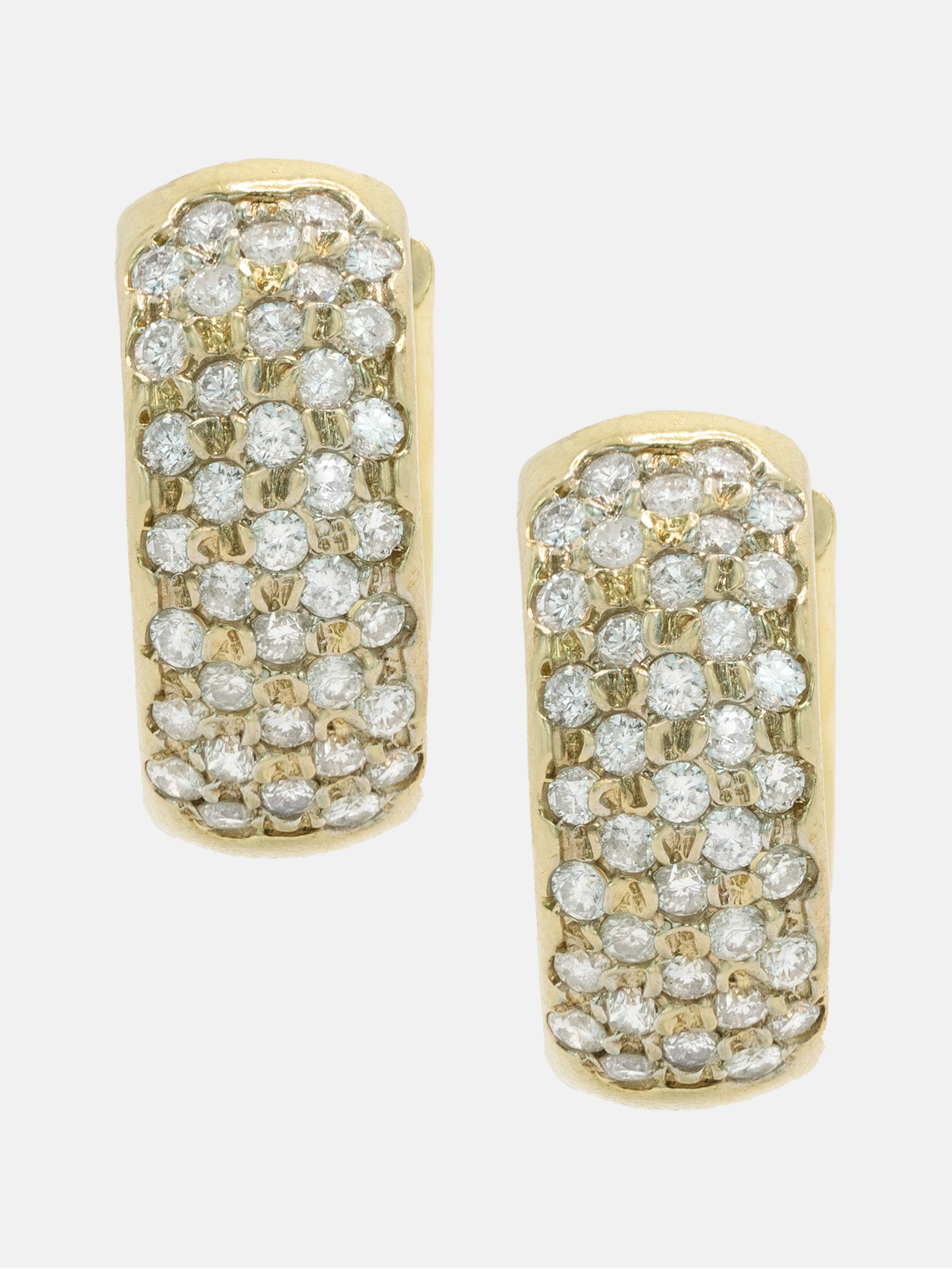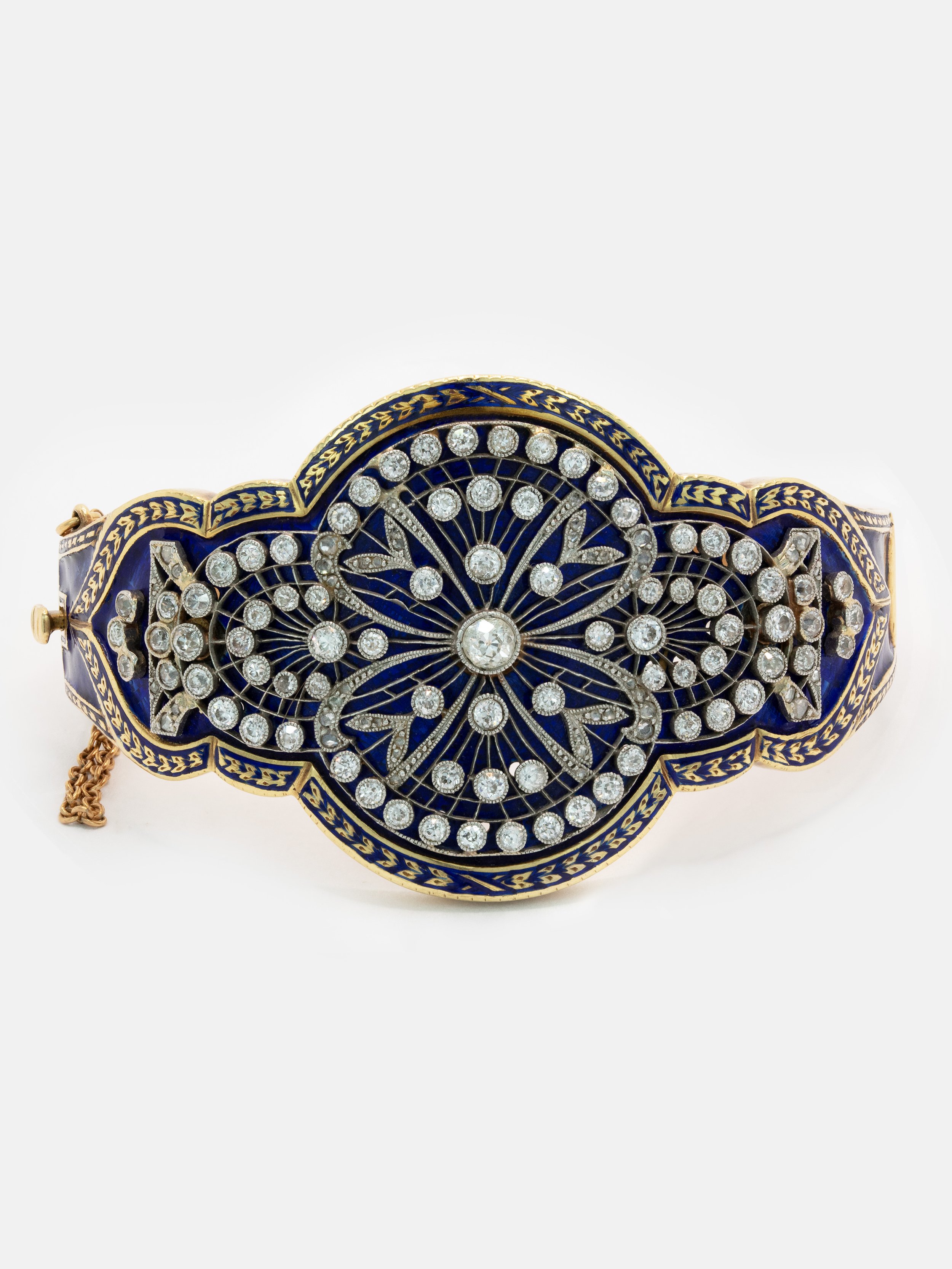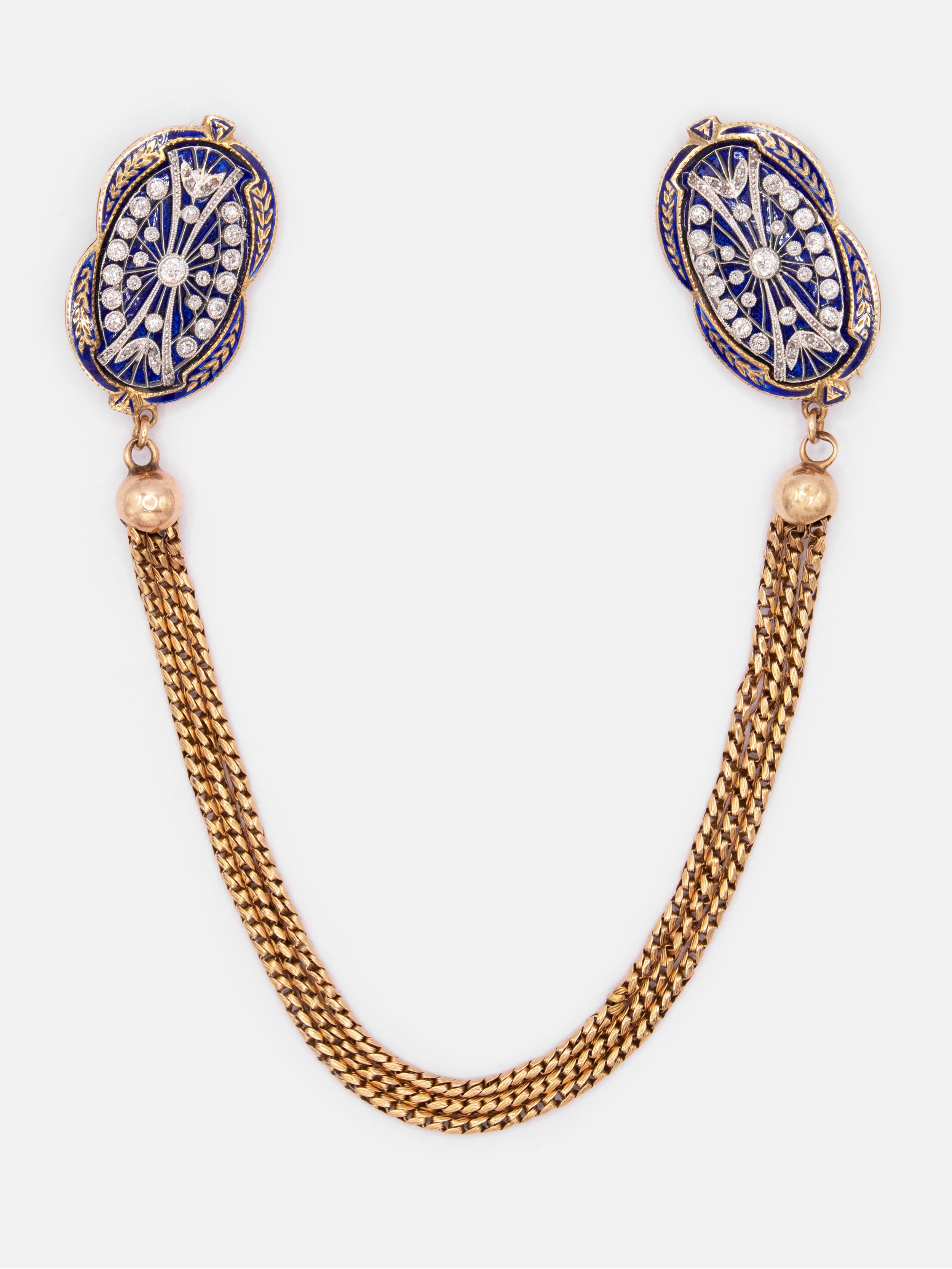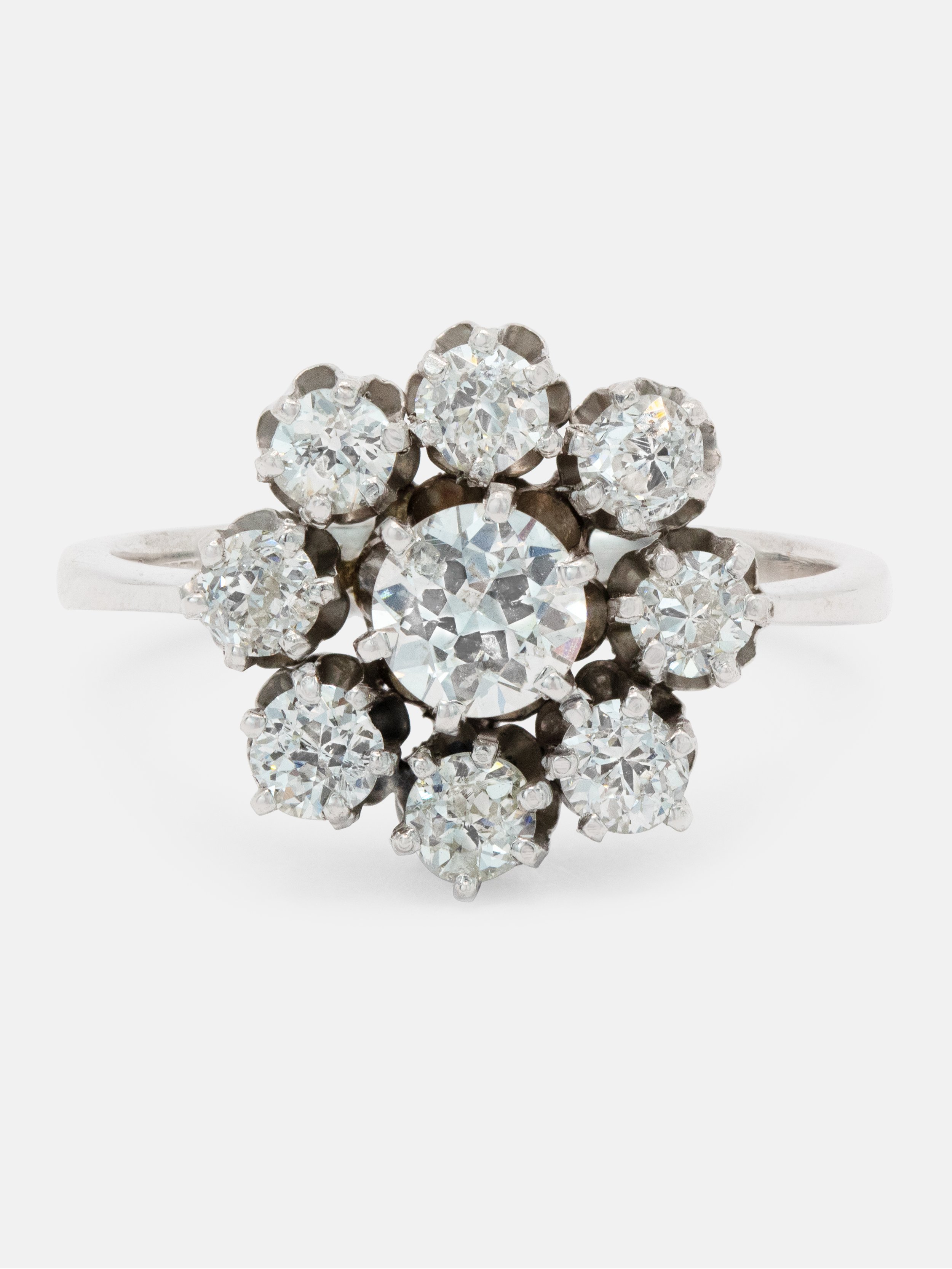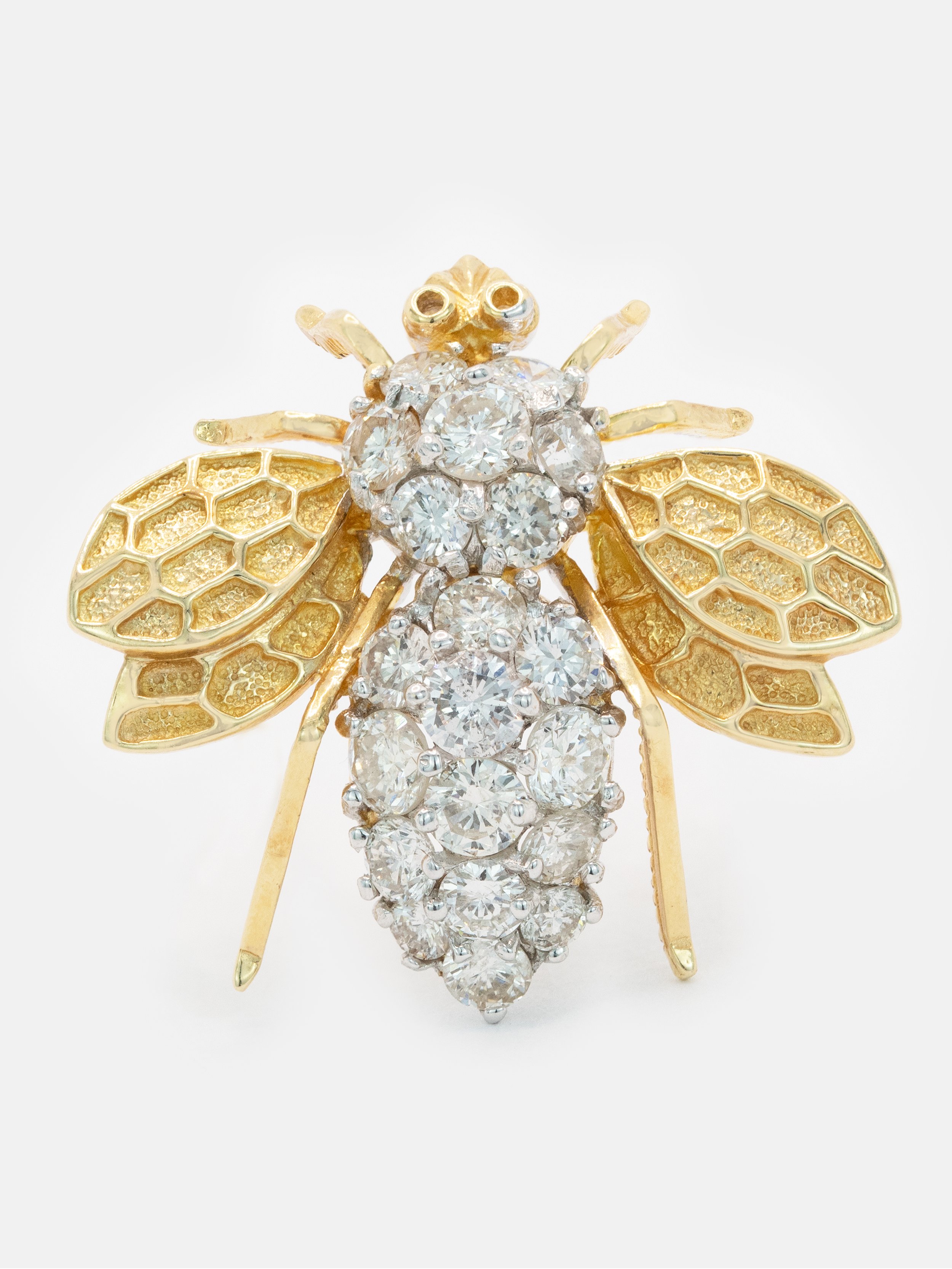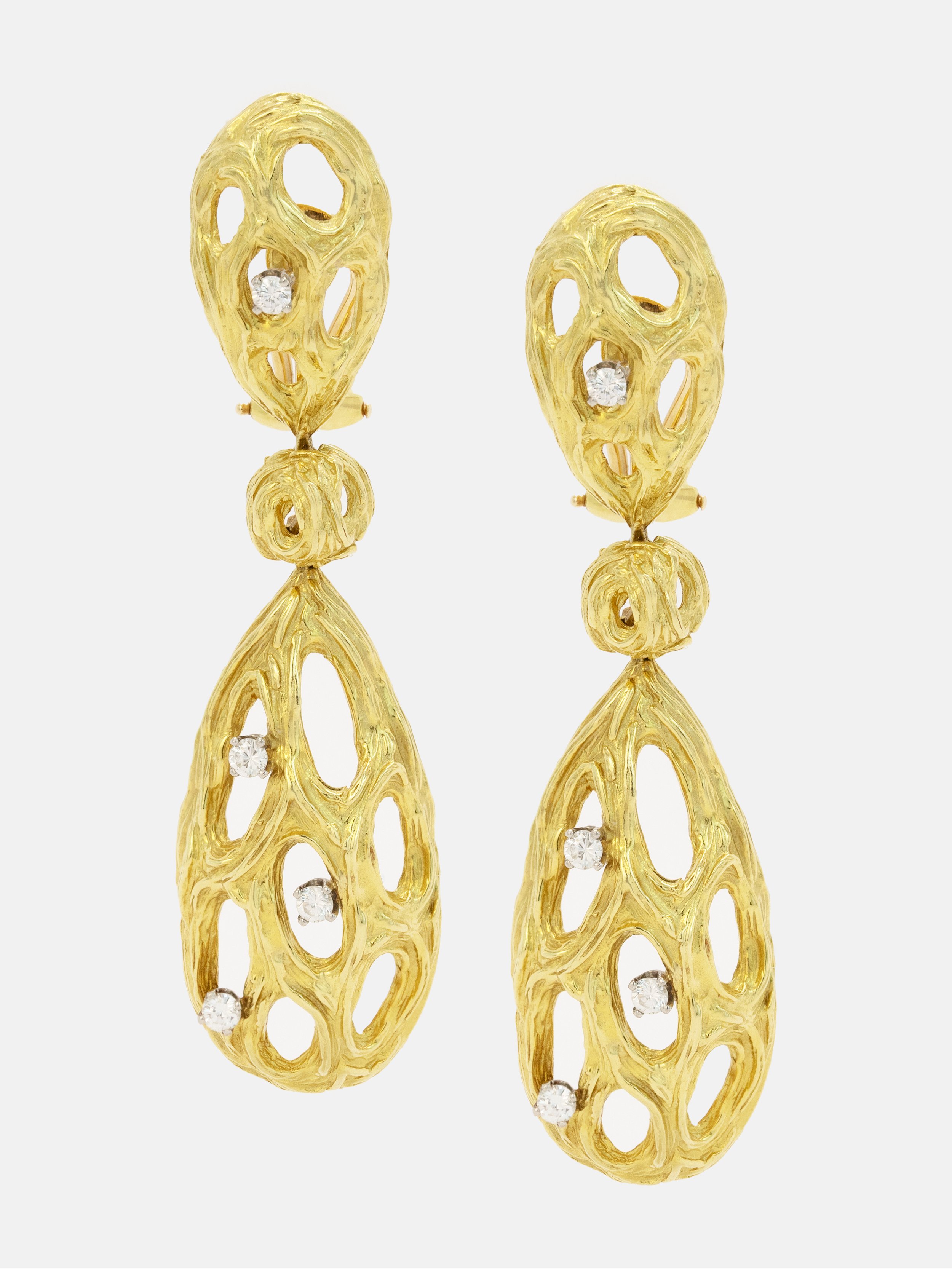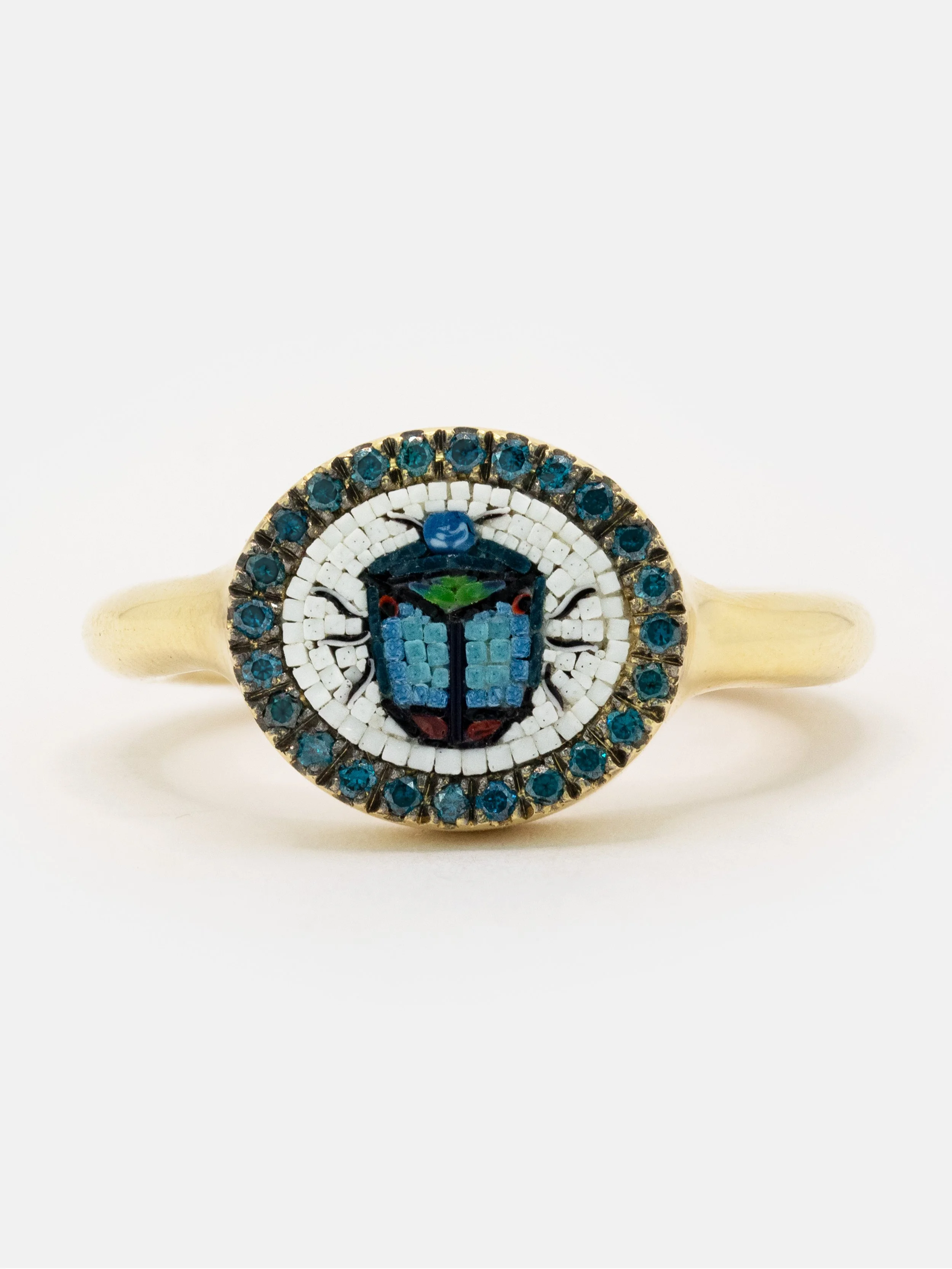Diamonds
Introduction
Diamonds are cherished for their timeless beauty and unparalleled brilliance. These precious gemstones, formed deep within the Earth's crust over billions of years, symbolise love, luxury, and enduring strength. Diamonds have held a special place in culture, art, and commerce, adorning the crowns of kings and queens, and gracing the fingers of lovers.
Their rarity, resilience, and unmatched sparkle make diamonds not only a coveted symbol of status and prestige but also a testament to the wonders of nature and the enduring allure of the extraordinary.
Diamonds are the most iconic gem in jewellery. This classic solitaire ring with a round brilliant cut diamond is a popular engagement ring style.
The Four C’s
Cut
The cut refers to the diamond's proportions, symmetry and polish. A well-cut diamond reflects light beautifully, exhibiting maximum brilliance and fire. Diamond cuts include round, princess, emerald and more. Each cut affecting the stone's overall appearance and sparkle.
Colour
Diamonds come in a range of colours, from colourless to faint yellow or brown, and even rare hues like blue, pink, and red. The Gemological Institute of America (GIA) grades diamond colour on a scale from D (colourless) to Z (light yellow or brown). Colourless diamonds are highly valued for their purity and brilliance.
The scale of the 4 C’s; Cut, Carat, Colour, & Clarity.
Carat
Carat weight refers to the diamond's size and weight, with one carat equaling 200 milligrams. Larger diamonds are generally more valuable, but other factors such as cut, colour, and clarity also influence a diamond's worth. It's essential to balance carat weight with the other Cs to find a diamond that suits both budget and preferences.
Clarity
Clarity measures the presence of internal flaws (inclusions) and surface blemishes (blemishes) within a diamond. The GIA grades clarity on a scale ranging from Flawless (no inclusions or blemishes visible under 10x magnification) to Included (inclusions and blemishes visible to the naked eye). Diamonds with higher clarity grades are rarer and more valuable.
Large diamond stones are rare, especially ones with high colour and clarity like these E colour VS clarity stones.
Diamonds come in all different cuts, like this emerald cut diamond with rectangular shape.
Coloured Diamonds
Coloured diamonds defy the traditional spectrum with hues ranging from vibrant yellows to deep blues, pinks, greens and even reds. Unlike their colourless counterparts, these gemstones derive their captivating colours from elemental impurities or structural anomalies during formation. Each coloured diamond is a testament to nature's artistry, with its hue, intensity, and rarity shaping its allure and value. From the fiery brilliance of vivid reds to the tranquil elegance of blues, coloured diamonds offer a unique and enchanting alternative for those seeking a touch of rarity and sophistication in their jewellery collection.
This pendant features a fancy light yellow diamond, surrounded by an outer halo of colourless diamonds.
Wear & Care
Caring for diamond jewellery ensures enduring brilliance and beauty over time. Despite being one of the hardest substances on Earth, diamonds still require proper maintenance to retain their sparkle and allure.
Be sure to avoid contact with harsh chemicals. Remove diamond jewellery before engaging in activities involving harsh chemicals, such as cleaning or swimming. Chemicals can dull the diamond's surface and damage its setting.
Clean diamonds regularly to remove dirt, oil and residue that can accumulate over time and diminish their brilliance. Use a mild detergent mixed with warm water and a soft brush to gently scrub the diamond's surface. Rinse thoroughly and pat dry with a soft, lint-free cloth.
Store diamond jewellery separately from other pieces to prevent scratching and tangling. Ideally, store each piece in a fabric-lined jewellery box or a soft pouch to protect it from dust and scratches.
Remove diamond jewellery before engaging in strenuous activities such as sports or heavy lifting to prevent damage or loss.
If in doubt, please feel free to Contact Us, and our gem experts can advise you.
An antique diamond plaque ring, in excellent condition because of proper care.
History
Diamonds have fascinated civilisations for centuries, revered not only for their unparalleled beauty but also for their metaphysical properties. Historically, diamonds were first discovered in India around 4th century BC, where they were treasured as symbols of power, purity, and invincibility. Ancient civilisations believed diamonds possessed magical qualities, attributing them with healing powers, protection from evil and the ability to enhance inner strength and clarity of thought.
Metaphysical Beliefs
Diamonds are associated with various beliefs across cultures. In Hindu mythology, diamonds were believed to be formed from lightning strikes, carrying the energy of the gods and bestowing blessings upon their wearers. In ancient Greece, diamonds were considered tears of the gods or splinters of stars fallen to Earth, imbued with divine energy and wisdom.
Today, diamonds continue to hold metaphysical significance in many spiritual practices and belief systems. They are thought to amplify energy, promote spiritual growth, and enhance intuition and manifestation. Whether worn as jewellery or used in meditation and healing rituals, diamonds remain powerful symbols of clarity, strength, and divine connection, transcending time and culture with their enduring allure.
An Art Deco diamond, onyx, and synthetic emerald brooch.
